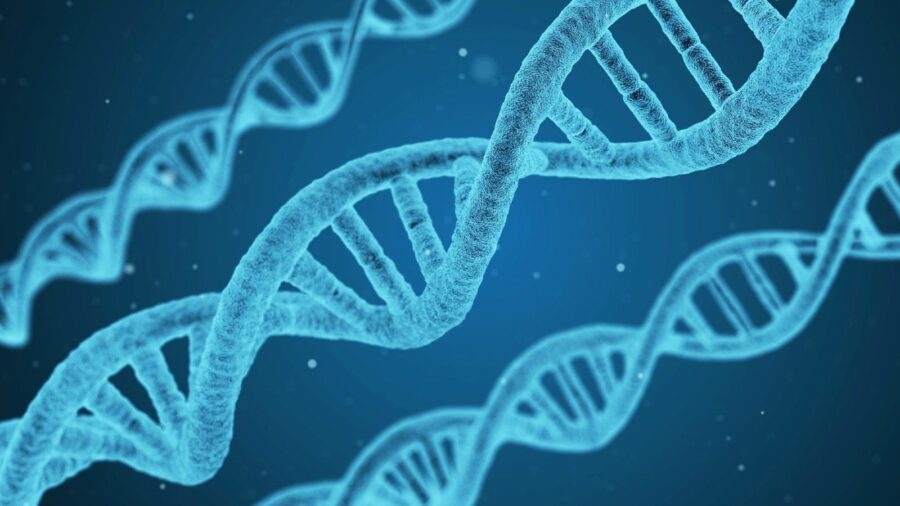Scientists Can Now Sample Your DNA From Anywhere On The Planet
Scientists are now capable of differentiating DNA from different individuals simply from random samples from a specific location.

Scientists now have access to your DNA simply from your existence here on Earth. According to Science Alert, forensic science has advanced to the point that scientists can take random samples from an environment and come up with DNA details from the people who have passed through the area almost as accurately as if they took a sample directly from the person themself.
It’s a pretty scary thought that anyone with access to the latest forensic technology has unlocked access to your unique personal chemical code. They’re able to do this by collecting samples of air, water, or dirt and extracting scraps of human DNA left behind by people who were recently there. The information comes from skin flakes, hair follicles, spit droplets, and eyelashes that have fallen in the area, all of which can become an open book detailing the history of the person who dropped them.
On the one hand, this type of technology could be incredibly useful, especially for forensic scientists working in the crime field. However, it also brings up questions of consent for innocent people who maybe don’t want their genetic information available for anyone to decipher. University of Florida zoologist David Duffy says that it’s important to raise concerns about DNA access through the new environmental technology early so that society can quickly develop policies around the tech before it becomes widely available.
There is a myriad of uses for this new tech. Our planet is covered in plant and animal cells and by collecting samples and amplifying the tiniest scraps of environmental DNA (eDNA), scientists can quickly, more efficiently, and more cost-effectively create an ecological cast list of all organisms in an area. This can help scientists come up with long-lost genetic codes from extinct creatures and help determine if animals that are mostly considered myths, like Nessie in Loch Ness, are actually real, but it can also give scientists an accurate DNA picture for people who simply passed through the areas before testing took place.

Duffy says that there are pros and cons to being able to so accurately access human DNA from environmental samples. This could mean a breakthrough in epidemiology and disease control, as well as increased knowledge in population genetics. However, it is currently standard practice to make the sequences public information, which means that anyone would be able to access the genetic information of individuals.
The new DNA technology also raises questions about where to draw the line between scientific advancements and exploitation. For instance, this technology can make it easier for investigators to solve crimes, which is obviously a good thing. But it is also a double-edged sword because, as Natalie Ram, a law expert from the University of Maryland, warns, this could put us at risk of being placed “under perpetual genetic surveillance.”
As this technology advances, the general public could find scraps of their DNA being stored in crime scene databases simply because an eyelash or a spit drop drifted into the wrong place at the wrong time.
As environmental DNA continues to be studied, more questions begin to arise around the ethical and legal dilemmas surroundign genetic rights—who should hold the ultimate authority over our individual genetic codes?











